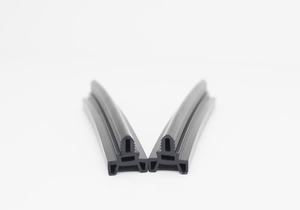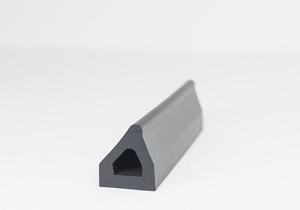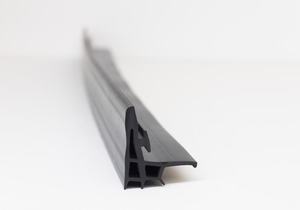Garage door seals, also known as weatherstripping or threshold seals, are essential components of garage door systems designed to seal gaps and prevent the infiltration of outdoor elements such as water, air, dust, and pests into the garage space. These seals play a crucial role in maintaining the integrity of the garage structure, protecting stored items, and improving energy efficiency.
Garage door seals are typically made from durable and flexible materials such as rubber, vinyl, or neoprene, engineered to withstand exposure to various weather conditions and temperature fluctuations without deteriorating. They come in a variety of shapes, sizes, and configurations to accommodate different types and sizes of garage doors, including sectional doors, roll-up doors, and tilt-up doors.
One of the most common types of garage door seals is the bottom seal, which is attached to the bottom edge of the garage door and creates a barrier against drafts, water, and debris. These seals may feature a bulb, T-shaped, or flat profile, depending on the design of the door and the level of sealing required.
In addition to bottom seals, garage door systems may also incorporate side seals and top seals to further enhance weather resistance and insulation. Side seals are installed along the vertical edges of the door opening, while top seals are mounted on the top edge of the door or on the garage ceiling to seal the gap between the door and the frame when closed.
Threshold seals, another type of garage door seal, are installed directly on the garage floor along the bottom edge of the door opening. These seals create a tight seal between the garage door and the floor, preventing water, leaves, and pests from entering the garage space, especially during heavy rain or flooding events.
Proper installation of garage door seals is essential to ensure their effectiveness and longevity. This typically involves cleaning and preparing the surfaces, accurately measuring and cutting the seals to size, and securely attaching them to the door or floor using adhesive, screws, or other fastening methods. Careful attention should be paid to seal any gaps or seams completely to prevent air or water leakage.
Regular inspection and maintenance of garage door seals are recommended to identify signs of wear, damage, or deterioration and address them promptly to maintain optimal performance. This may include cleaning the seals, lubricating moving parts, and replacing worn or damaged seals as needed.
Garage door gaskets are indispensable components of garage door systems, providing essential protection against the elements and improving the overall functionality, comfort, and energy efficiency of residential and commercial garages. Their ability to seal gaps and keep out unwanted elements makes them a valuable investment for any garage owner seeking to enhance the durability and usability of their space.









